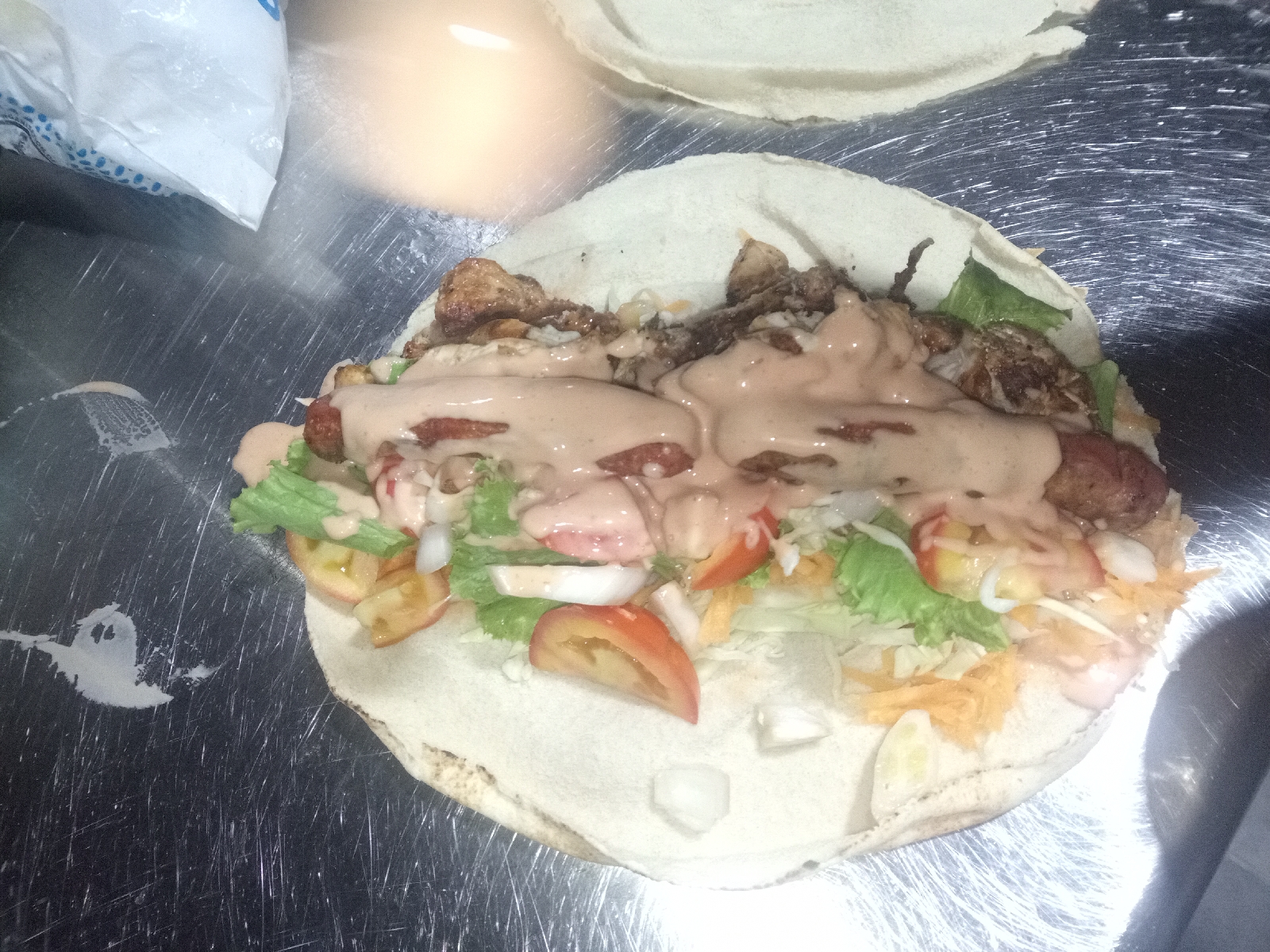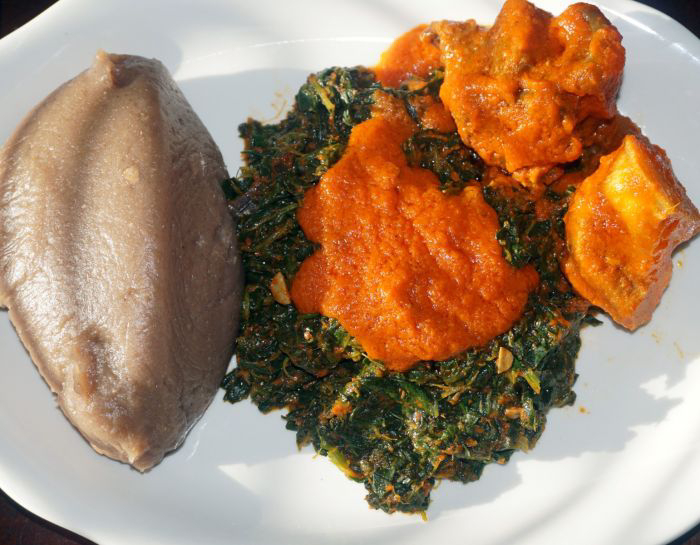A Complete Guide to Steak
Content
1. What is Steak
2. What Part of the Cow Does Steak Come From?
3. Why Are These Steaks So Expensive?
3(I). Tenderloin
4. New York Strip
5. Porterhouse
6. Ribeye
7. Flank steak
8. Skirt steak
9. Essential Tips for Cooking Steak
10. Season the steak well
11. It doesn't have to rest
12. Appreciations
Contact
................................................................................................................................
Afric Grills
Masters of finger food
I. What is Steak?
A steak, also sometimes called "beef steak", is a meat generally sliced across the muscle fibers, potentially including a bone. It is normally grilled, though it can also be pan-fried. Steak can also be cooked in sauce, such as in steak and kidney pie, or minced and formed into patties, such as hamburgers.
What Part of the Cow Does Steak Come From?
Let’s take a look at the cow diagram above. All four of these steaks come from a few muscles in the same general area toward the top of the steer: the short loin, tenderloin, and the ribs. These muscles aren’t exercised very much or contain a lot of connective tissues that need to be cooked for a long time to be broken down.
As a result, these steaks are much more tender than other cuts of beef, and fast cooking and intense heat are all that’s needed to char and brown the outside of these meats while the inside can be eaten as rare as you like. They also contain lots of marbling, which makes them delicious for cooking.Why
3. Why are These Steaks So Expensive?
3(I) Tenderloin
Other names: Filet mignon, Chateaubriand, fillet, filet
How it’s sold: Boneless; the most expensive cut of steak
Where it’s from: Short loin and sirloin, under the ribs. A whole tenderloin starts out wide and then tapers at the other end (the “tail”). Filet mignon comes from the narrower end, while Châteaubriand comes from the thicker end.
What it looks like: When trimmed of silver skin, gristle, and fat, tenderloin is small and compact. The meat is lean and very fine-grained in texture. Because of its smaller shape, tenderloin steaks are cut thicker than most steaks.
What it tastes like: The tenderest of all the steaks and lean, tenderloin is buttery and mild in flavor.
How to cook it: Because cuts of tenderloin tend to be thick, the best way to cook it is to sear the outside until browned, then finish the cooking in the gentle, even heat of an oven.
4. New York Strip
Other names: NY strip, Manhattan, Kansas City strip, top sirloin, top loin, contre-filet
How it’s sold: Usually boneless
Where it’s from: Short loin (behind the ribs)
What it looks like: Strip steaks are almost rectangular with a slightly tapered edge. The meat is well marbled with some large pieces of fat around its edge. The meat is fine-grained in texture.
What it tastes like: The platonic ideal of steak — lots of beefy flavor, tender with a nice balance of lean meat to fat. They’re not as tender as tenderloins or ribeyes.
How to cook it: Cook over high heat — pan-sear, broil, or grill. Also makes great sandwiches like the Philly Cheesesteak.
3. Porterhouse
Other names: T-bone, date steak
How it’s sold: Bone in. According to USDA regulations, the tenderloin portion must be 1.25″ wide to be classified as a porterhouse and only .5″ wide to be classified as a T-bone.
Where it’s from: A cross section of the short loin
What it looks like: A T-shaped bone with meat on both sides of the longer portion of the bone. On one side is a piece of the tenderloin, and the other side is New York strip. Generous fat marbling throughout.
What it tastes like: Porterhouses are like getting two steaks for one — one side is a piece of the buttery tenderloin, and the other side is beefy, juicy New York strip.
How to cook it: Because there are basically two different kinds of steak in one cut, you have to be careful when cooking since the tenderloin will cook more quickly than the strip side. Try to keep the tenderloin further away from the heat source: use a two-level fire when grilling or position it away from the heating element if broiling.
4. Ribeye
Other names: Entrecote, Delmonico, Scotch fillet, Spencer, market, beauty
How it’s sold: Bone in or boneless
Where it’s from: Upper ribcage, ribs #6-12. Ribeyes are basically a prime rib or standing rib roast cut down into individual steaks
What it looks like: Lots of fat marbling the meat and large pockets of fat interspersed throughout. The middle (central eye) has a finer grain while the outer section is looser and fattier.
What it tastes like: Ribeyes are deeply beefy and juicy, with plenty of fat to carry their flavor.
How to cook it: Cook over high heat — pan sear, broil, or grill. With the high fat content, though, you need to be careful about flareups.
7. Flank steak
Other names: Sometimes labelled as a London Broil
Where it’s from: The flank! Below the loin and sirloin and along the cows abdomen.
What it looks like: Lean without much fat and lots of fibers running along it’s length.
What it tastes like: Beefy and takes well to marinades. Be sure to cut flank into thin strips against its grain for maximum tenderness.
How to cook it: Quick high heat is best for flank steak, but it also takes well to rolling and stuffing.
8. Skirt steak
Other names: Often confused with flank, though skirt steak comes from the another area of the cow’s abdomen.
Where it’s from: Skirt steak is from the diaphragm muscles of the cow — a sub primal known as the plate.
What it looks like: A long thin steak with visible muscle fibers running across the width of the steak.
What it tastes like: Even beefier than flank steak and takes especially well to marinades.
How to cook it: Skirt steak is best seared or grilled and makes a great stir-fry meat. It is the classic cut used in fajitas.
Essential Tips for Cooking Steak
Buy the right steak for the job.
Since steaks come in a variety of sizes and price points, there’s a steak for almost every cooking type or dining scenario. Feeding hungry crowd from the grill? Flank or skirt are your best choice. Buy a filet or porterhouse to feed two for date night. Grab rib eyes or sirloin steaks for dinner with friends.
10. Season the steak well.
Every single kind of steak is made better by a generous sprinkling of salt in advance of cooking. For thick steaks like sirloins, season the steaks a few days in advance. Flank and skirt steaks can also be seasoned with quick marinades.
Use a thermometer to determine doneness.
A digital probe thermometer is the best tool you can buy for cooking steak. It will give you an instant read on the steaks doneness and prevent over cooking.
It doesn’t have to rest.
Conventional wisdom is that all steaks should be rested before slicing and serving, but anecdotal research suggests that resting doesn’t actually make for a juicier steak. And besides, a warm steak often tastes a little bit juicier anyway.
Always slice steak against the grain — meaning that you cut the visibly fibers of the steak in half to shorten them and keep the steak tender.
Appreciations
My appreciation goes to God almighty for give me the strength to complete this project, and I want to say a very big thank you to all my customers all very Nigeria and outside Nigeria may God keep blessing you beyond measures.
Contact us:-
AFRIC GRILLS, Masters of finger food @ Afric Grills 🥩, 0802 593 6523, Off Stadium Hotel Western Avenue
53 Iyun Road, Lagos, "Grills, bar & restaurant"















Comments
Post a Comment